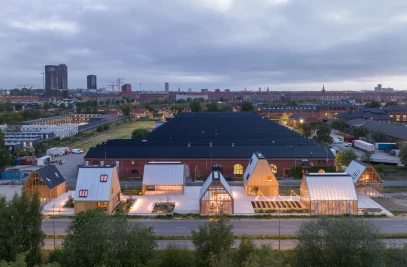NASA is currently sharing information about its myco-architecture program. Based out of NASA’s Ames Research Center in California’s Silicon Valley, the program is exploring fungus-based building technologies that could in the future form the building blocks for building on other planets.
On their site, NASA says, ‘Science fiction often imagines our future on Mars and other planets as run by machines, with metallic cities and flying cars rising above dunes of red sand. But the reality may be even stranger……and ‘greener.’

The material research focuses specifically on mycelia, the strong underground threads that make up the main part of the mushroom fungus. Already on Earth, mycelia are already used in the creation of furniture and even some structures.
NASA’s ultimate vision is the prototyping of a lightweight and compact habitat made out of dormant fungi that can be easily transported to planets such as Mars. Upon arrival, water is added to the structure, allowing the fungi to grow around that framework and into a fully functional human habitat – all while being safely contained within the habitat to avoid contaminating the Martian environment.

NASA sees numerous variations of the mushroom construction. One variation would be a habitat concept composed of three different layers. The top would be locally sourced water ice from the host planet, which would shield human occupants from harmful radiation and also provide a water supply to the tiny microbes called cyanobacteria, which occupy the middle layer. These bacteria produce oxygen for human and nutrients for the fungal mycelia, who constitute the bottom layer.
A basal layer is proposed for the main structure of the habitat. The mycelia that make up this part would be heavily processed and baked into bricks, thus killing the fungus and ensuring it cannot escape into the wild. As a safeguard, Nasa explains these fungi would be genetically altered so that they are incapable of surviving beyond the base.
As an added bonus, the fungi could also help filter water for human pioneers and extract minerals from their sewage.


























